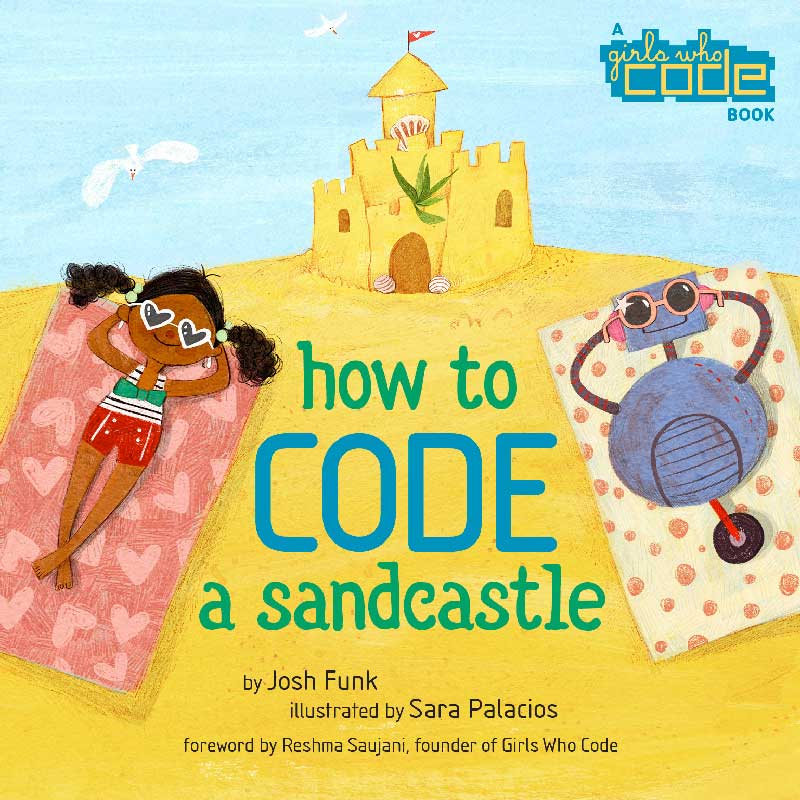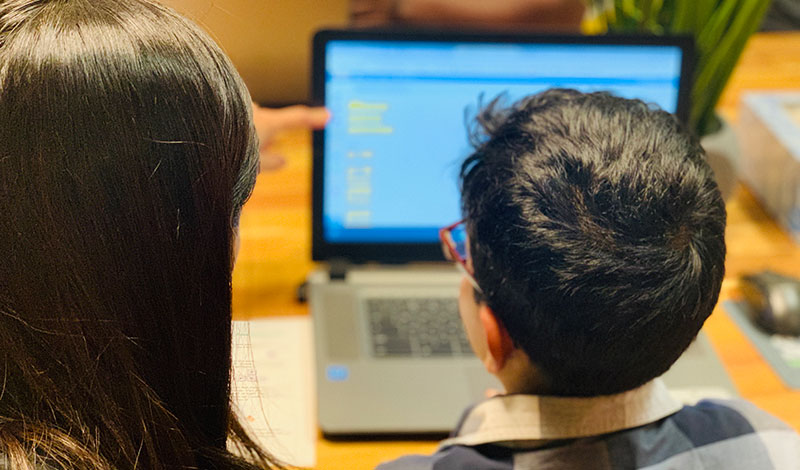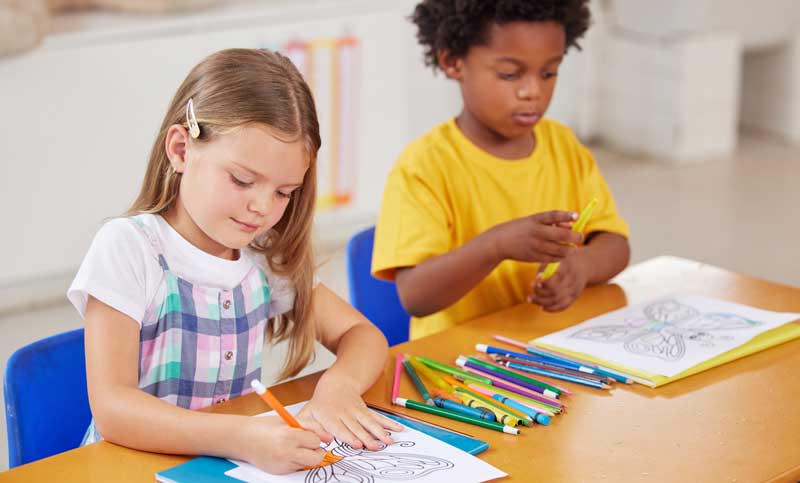
Math Lessons for Kids by Mathseeds
Math Lessons for Kids by Mathseeds
The pandemic has steamrolled us into the digital era and more so beneficially. Initially, educational institutes took a bit of time to get their e-learning bearing, but once they got into the swing of things, schools in the Middle East especially in Dubai flourished at the remote learning concept and proved that effective learning can take place from home as well. The UAE has since then discovered numerous e-learning platforms that provide learning in a fun, educative and engaging manner.
One such e-learning platform widely used especially in GCC areas is Mathseeds. It is the brainchild of 3P Learning Mathletics and Australian-owned Blake E-learning. Mathletics is the world’s leading online math’s program with over 3 million students using it world over. Mathseeds is a premium learning programme for children between the ages of 3 to 9 years which aims to teach early math skills in a fun and motivating way. It keeps children engaged and entertained throughout their learning journey.
Mathseeds has award-winning learning resources that are aligned to numerous international school curriculums. It works at individual levels as per the aptitude of the learner and hand-holds from there on. The learners will complete a series of self paced lessons that will build their confidence, rejoice their achievements and encourage them to keep learning. Let us discuss some of these lessons and games to get a deeper understanding of how Mathseeds can be used to our benefit.
Lessons 1 to 50 are teachings for learners who have little to no maths skills. The basic fundamentals of maths are introduced here along with rudimentary 2D & 3D shapes and their recognition. For example, the lesson “Catching the butterfly” consists of colourful butterflies flying past on the screen; each carrying a number. The learner must recognise specified numbers and guide the butterflies into the net. This allows them to distinguish between different numbers in an interesting and mildly challenging manner.
Another lesson involves Waldo and Ruby assisting in teaching comparison (big and small objects) to young math students. Children have to identify which objects are big and which ones are small and then segregate them. As they progress, players become more familiar with the two loving characters Aldo and Ruby who are involved in teaching them other mathematical concepts as well. Students look forward to undertaking these challenges and are engrossed in the learning process, as they are presented in an enjoyable, lively and colourful manner.
Lessons 51 to 100 cover the topics related to counting of numbers backwards and double-digit math functions of addition and subtraction. These lessons also cover the topics of learning how to tell the time and volume of objects using songs and games.
Lessons 101 to 150 are included in Year 2 where they touch upon new concepts as well as reinforce the skills previously learnt. Number counting upto 1000, place value, multiplication and division are all taught at this level. Tally charts and graphs are those curriculum topics that are covered right from the earlier lessons. With every lesson, complexity levels are increased bit by bit to keep things stimulating and age-appropriate.
Lessons 151 to 200 cover a range of topics from order of numbers to geometry and measurements. Themes such as area and perimeter are taught in a simple manner first by counting the number of squares one can fit within a given image. The students will learn to count squares to find out exactly what the area of that image is. Gradually, learners begin adding formulae (Ex. Length x breadth) to these topics which involves using the measurements of the lengths and breadths of the given shapes. The topic of Currency too is explored in depth at this stage in relation to terminology, counting and word problems.
Studies have shown that students achieve more through Mathseeds as it is self-paced and therefore stress-free as the learner is not pressured to keep up with the rest of the class. This leads to better student satisfaction resulting in more enhanced learning. Since it has aids such as slideshows, gamification, videos, images etc.; retention is faster and continuous as compared to physical school. Mathseeds lets the learner progress at his own pace, tailoring the program and personalising it to every preferred style. Progress is recorded and analytics utilized, to provide educational support, assessment and tracking opportunities.
Mathseeds is a boon to math enthusiasts who enjoy numbers and even for those who don’t. With its attention to detail and appealing maths games, Mathseeds is proven to increase maths skills in just 15 minutes of usage per day.
























Recent Comments